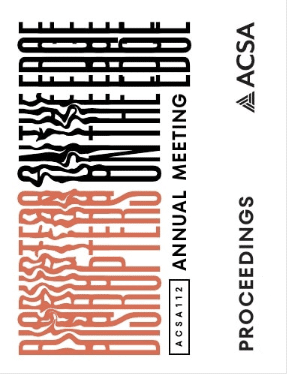Author(s): Ashita Arora, Carissa R. Mysliwiec, Cristina Dekker, Danielle N. Lasusa & Lynne M. Dearborn
Contemporary preoccupation with physical and mental wellbeing demands that we study physical environments to ensure they contribute to overall wellness. Despite scarce research probing them, student health centers on university campuses are no exception. The environments of campus health centers must encourage university students’ mental and physical wellbeing while offering preventative and acute health services and providing a supportive work environment for staff. The McKinley Health Center, housed in a 97-year-old building, exists to provide university students with professional primary, specialized, and emergency healthcare and to serve as a campus center for medications, resources, and health education. This mission provided a framework for a post-occupancy study of the facility to structure advice for architectural renovations to improve staff and student experiences. Two research questions focused the study’s mixed methods research design. How do current environmental conditions at the facility influence experiences of student-patients, and staff, and staff-student interactions? What physical-environment changes would improve these? We collected data through observation of physical traces, building-document analysis, two surveys administered to distinct user populations, and content from public online facility reviews. Through descriptive, content, and thematic analyses, we identified wayfinding, indoor environmental quality, and student-staff interactions as prominent themes in the experiences of student-patients as they seek care and health resources; and staff as they go through their daily work activities. McKinley’s floorplan complexity underpins severe wayfinding challenges that frustrate student-patients and distract staff. Among our redesign suggestions, we propose color-coded wings to provide redundant cognitive cues, simplify directions, and ease patient anxiety. The introduction of color can also transform an environment perceived as “grey” and “boring”. This relatively straightforward intervention can augment clearer signage. We believe this design approach can improve both student-patient and staff experiences and reflect an environment supportive of the student health and wellbeing priorities of the university.
https://doi.org/10.35483/ACSA.AM.112.41
Volume Editors
Germane Barnes & Blair Satterfield
ISBN
978-1-944214-45-6

 Study Architecture
Study Architecture  ProPEL
ProPEL 
